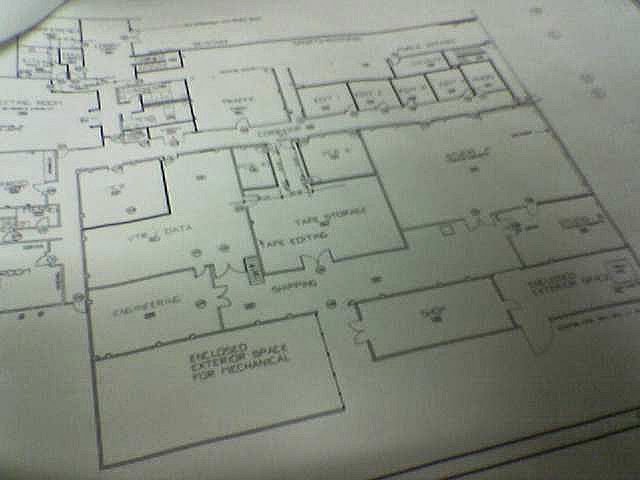 |
| JvL, Flickr.com |
Maintenance and engineering departments rely on a readily available supply of spare parts and equipment to carry out their daily duties. The goal of managers is to deliver a reliable supply of these products using a cost-effective inventory management strategy.
Unfortunately, poor inventory management practices and systems end up costing departments and organizations dearly. By examining common mistakes in key areas of inventory management — including storage equipment, the role of computerized maintenance management systems (CMMS), and storeroom organization and supervision — managers can avoid costly missteps in this challenging process.
Key Questions
An effective inventory-management system ensures both parts availability and low cost. An operational assessment can reduce inventory costs 20 percent. This assessment is a useful tool for identifying the current status versus the optimum situation and developing an improvement plan. An operational assessment can provide answers to these questions:
To read the full article, click here.




